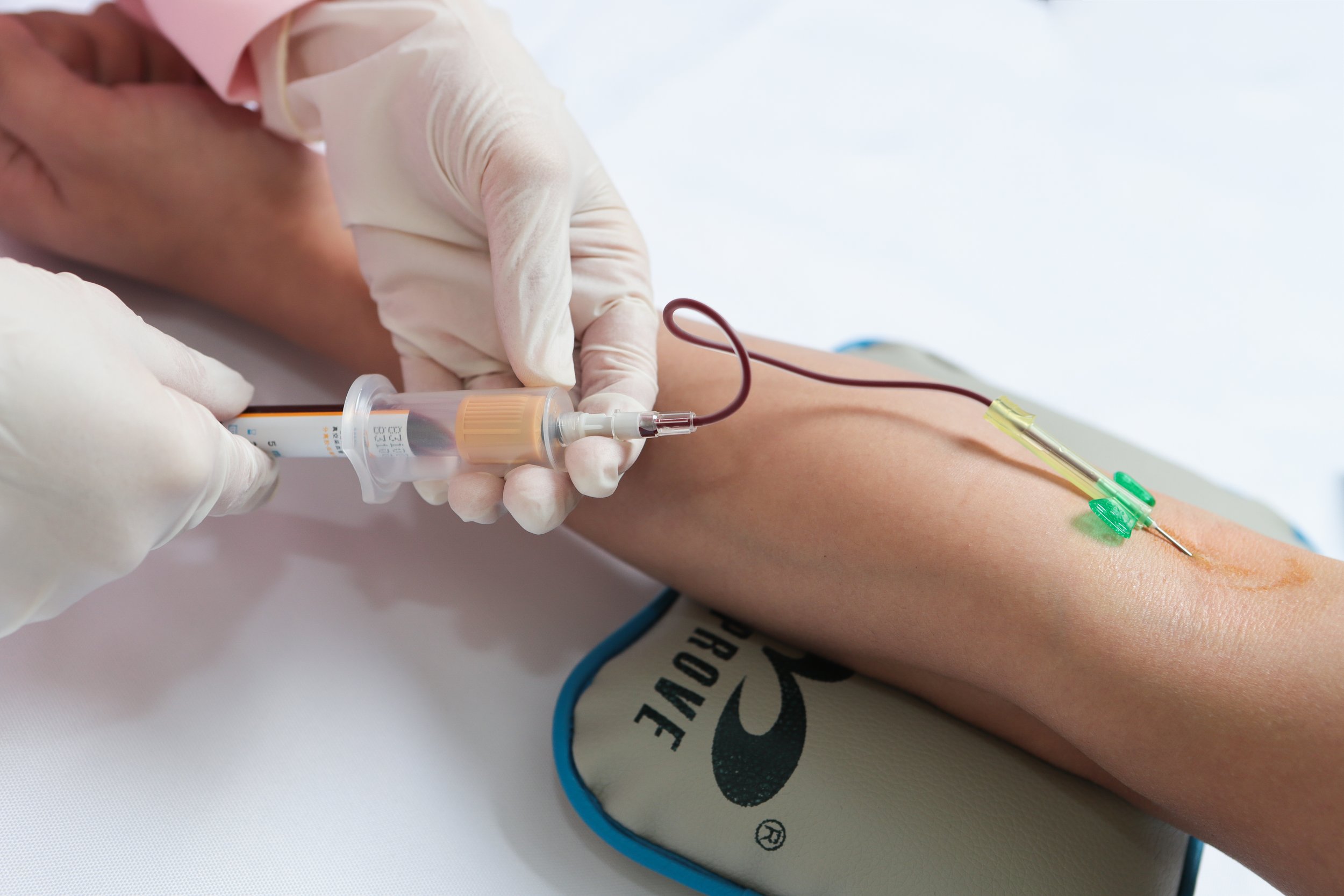Best Practices for Collecting and Handling Blood Samples for Glucose Testing in the United States
Summary
- Ensuring accurate blood samples for glucose testing is crucial for diagnosing and monitoring diabetes.
- Following clinical guidelines and best practices in phlebotomy is essential to avoid pre-analytical errors.
- Proper collection, handling, and transportation of blood samples are key to obtaining reliable results for glucose testing.
Introduction
Glucose testing is a common practice in medical laboratories across the United States. It is used for diagnosing diabetes, monitoring blood sugar levels in diabetic patients, and assessing overall metabolic health. Accurate blood samples are crucial for obtaining reliable glucose Test Results. This article will discuss the clinical guidelines and best practices for collecting and handling blood samples for glucose testing in the United States.
Clinical Guidelines for Blood Collection
1. Patient Preparation
Before collecting a blood sample for glucose testing, it is important to properly prepare the patient. This includes:
- Inform the patient about the procedure and ensure they understand the purpose of the test.
- Ensure the patient has fasted for the recommended amount of time, typically 8-12 hours, for accurate Fasting Blood Glucose testing.
- Check for any contraindications or special considerations, such as medication that may affect glucose levels.
2. Collection Equipment
Using sterile and appropriate collection equipment is vital to prevent contamination and ensure accurate Test Results. Some key considerations include:
- Using a clean and sterile needle for Venipuncture.
- Choosing the appropriate collection tube for glucose testing, typically a gray-top tube containing a preservative such as sodium fluoride.
- Labeling the collection tubes accurately with patient information and collection time.
3. Blood Collection Procedure
The blood collection procedure should follow standard phlebotomy practices to minimize pre-analytical errors. Some important steps include:
- Choosing a suitable vein for Venipuncture, typically in the antecubital area of the arm.
- Applying a Tourniquet to make the vein more visible and palpable.
- Disinfecting the site with an alcohol swab before inserting the needle.
- Filling the collection tube with the appropriate amount of blood, as underfilling or overfilling can affect Test Results.
Best Practices for Blood Sample Handling
1. Processing and Centrifugation
After blood collection, it is crucial to process the sample promptly to prevent clotting or hemolysis. Some best practices include:
- Gently invert the collection tube to mix the Anticoagulant with the blood.
- Centrifuge the sample at the appropriate speed and time to separate the serum or plasma from the cellular components.
- Transfer the serum or plasma to a new tube for testing, being careful not to disturb the sediment layer.
2. Storage and Transportation
Proper storage and transportation of blood samples are essential to maintaining Sample Integrity. Some recommendations include:
- Store the samples at the appropriate temperature and conditions, as specified by the test requirements.
- Transport the samples in a timely manner to the laboratory, following the recommended guidelines for sample stability.
- Use proper labeling and documentation to track Sample Handling and ensure traceability.
3. Quality Control and Assurance
Implementing Quality Control measures is necessary to ensure the accuracy and reliability of glucose Test Results. Some best practices include:
- Regularly calibrating and maintaining equipment used for glucose testing.
- Participating in Proficiency Testing programs to assess the laboratory's performance and accuracy.
- Documenting and reviewing all steps of the testing process to identify and address any errors or deviations.
Conclusion
Collecting and handling blood samples for glucose testing requires adherence to clinical guidelines and best practices to obtain accurate and reliable results. Proper patient preparation, collection equipment, blood collection procedure, sample processing, storage, transportation, and Quality Control measures are essential for achieving successful glucose testing outcomes. By following these guidelines, medical laboratories and phlebotomists in the United States can ensure the quality and integrity of blood samples for glucose testing, ultimately improving patient care and health outcomes.
Disclaimer: The content provided on this blog is for informational purposes only, reflecting the personal opinions and insights of the author(s) on the topics. The information provided should not be used for diagnosing or treating a health problem or disease, and those seeking personal medical advice should consult with a licensed physician. Always seek the advice of your doctor or other qualified health provider regarding a medical condition. Never disregard professional medical advice or delay in seeking it because of something you have read on this website. If you think you may have a medical emergency, call 911 or go to the nearest emergency room immediately. No physician-patient relationship is created by this web site or its use. No contributors to this web site make any representations, express or implied, with respect to the information provided herein or to its use. While we strive to share accurate and up-to-date information, we cannot guarantee the completeness, reliability, or accuracy of the content. The blog may also include links to external websites and resources for the convenience of our readers. Please note that linking to other sites does not imply endorsement of their content, practices, or services by us. Readers should use their discretion and judgment while exploring any external links and resources mentioned on this blog.

